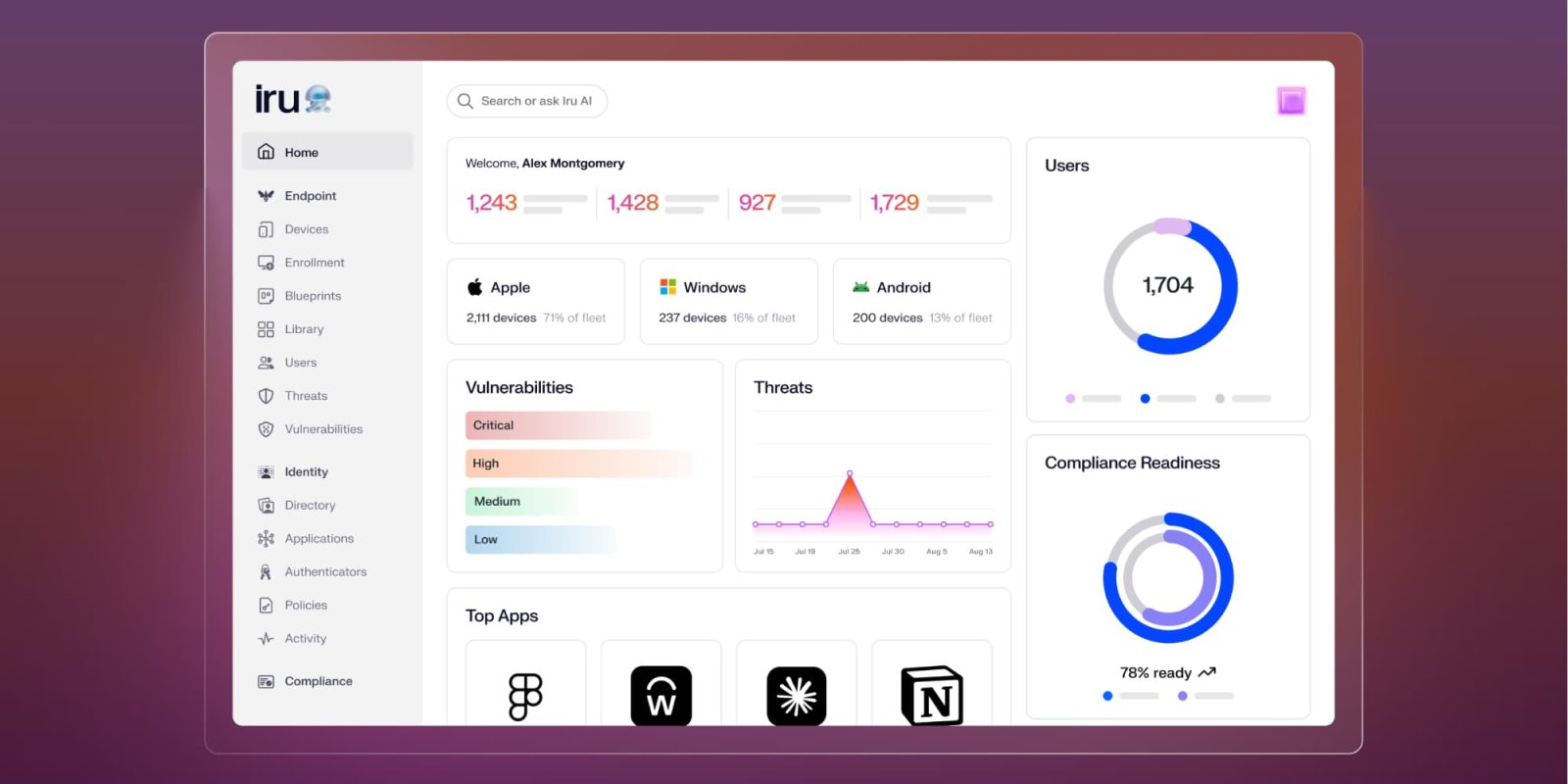In the ever-evolving landscape of technology, Apple Inc. remains a focal point for analysts and enthusiasts alike. Recent reports have surfaced, suggesting potential shifts in Apple’s iPhone production strategy, particularly concerning the iPhone Air. However, a closer examination reveals a complex narrative that warrants a discerning perspective.
The Genesis of the Report
A report from Mizuho Securities, as highlighted by The Elec, claims that Apple is revising its manufacturing orders due to purportedly weak demand for the iPhone Air. The report outlines specific adjustments:
– A reduction of 1 million units for the iPhone Air.
– An increase of 2 million units for the iPhone 17.
– An addition of 1 million units for the iPhone 17 Pro.
– An augmentation of 4 million units for the iPhone 17 Pro Max.
Furthermore, the report suggests that Apple’s overall production has been elevated from 88 million to 94 million units.
Evaluating the Credibility of the Claims
While such figures may appear precise, the foundation of these claims is nebulous. The report lacks concrete evidence, such as direct citations from supply chain sources or official statements from Apple. Instead, it leans heavily on speculative language, which raises questions about its reliability.
The Reality of Apple’s Production Dynamics
Apple’s production strategies are multifaceted and influenced by a myriad of factors, including market demand, supply chain logistics, and geopolitical considerations. Historically, Apple has been known to adjust the production mix of its devices to align with consumer preferences and market trends. However, these adjustments are typically strategic and not necessarily indicative of a product’s success or failure.
The iPhone Air’s Market Performance
Contrary to the report’s implications, the iPhone Air’s launch in China was met with significant enthusiasm, reportedly selling out shortly after its release. This strong initial demand suggests that the device resonates with consumers, challenging the narrative of weak demand.
The Broader Context of iPhone Production
It’s essential to recognize that reports of Apple adjusting iPhone orders are not uncommon. Analysts often interpret these adjustments as indicators of product performance. However, without transparent data from Apple, such interpretations remain speculative. Apple’s decision-making process is influenced by a complex interplay of factors, making it challenging to draw definitive conclusions from external reports.
Conclusion
While reports of production adjustments can offer insights into potential market trends, they should be approached with caution. The lack of concrete evidence and the speculative nature of such reports underscore the importance of critical analysis. As always, the true measure of a product’s success lies in its reception by consumers and its performance in the market over time.



